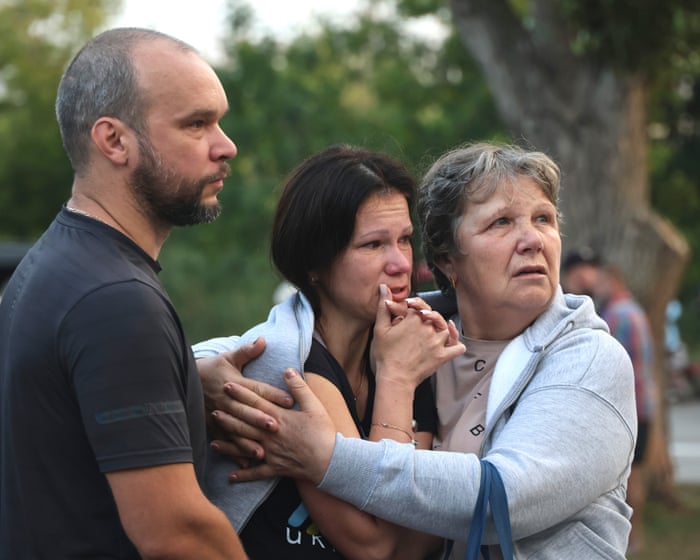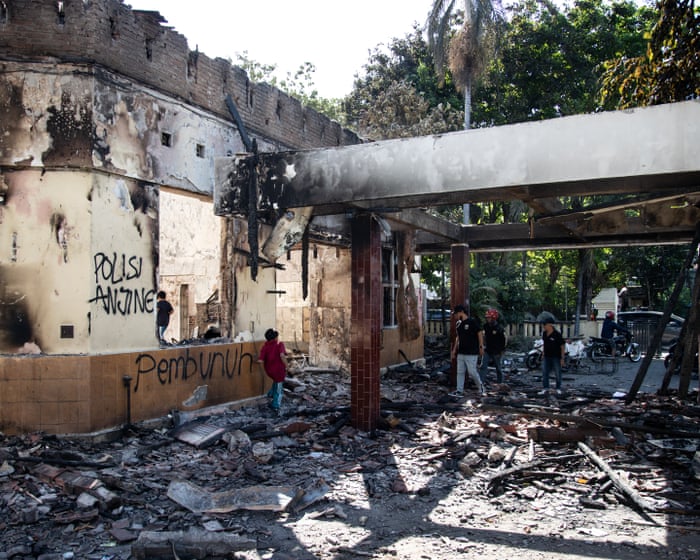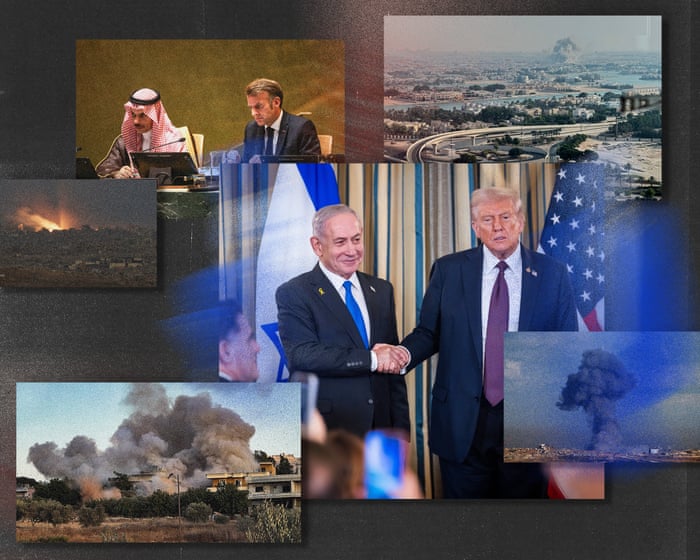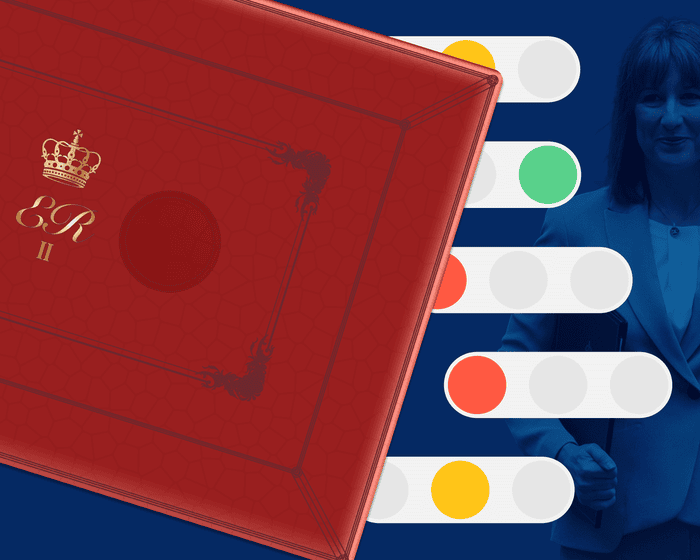It was night in Ukraine when President Trump met President Putin in Alaska—a night when Russia shelled only frontline Ukrainian cities. People in Kyiv, Lviv, Odesa, Dnipro, and even Kharkiv could have slept, but they didn’t. They were waiting for news from Alaska. I, too, stayed awake, watching the news, certain that this meeting would achieve nothing—or worse, bring bad news for Ukraine. Yet in difficult, seemingly hopeless times, human nature clings to desperate optimism. In the Middle Ages, people often hoped for miracles, ignoring the logic of events. So, the night of August 15 became a night of hoping for a miracle—one that, of course, never came.
Unlike the tense anticipation before the Alaska meeting, there was little buildup of tension ahead of Monday’s gathering of European leaders at the White House, despite images of a powerful delegation arriving in Washington. Ukrainians seemed to sense that this meeting had to look positive, to overshadow the Alaska summit, which ended in nothing if not outright failure.
The meeting showed both Europe’s continued support for Ukraine and its concern over President Trump’s unpredictable stance—his goal being a quick end to the war rather than a just peace. A just peace, meaning the liberation of Russian-occupied territories and the restoration of Ukraine’s constitutional borders, is increasingly a dream only Ukrainians feel entitled to hold. Our partners have grown quiet about this obvious condition for fairness, though they don’t openly advocate the opposite—the “need” to accept the “inevitable” loss of much Ukrainian land.
While the Alaska meeting drew hundreds of ironic comments online, Ukrainians took the White House gathering more seriously. They don’t overestimate the outcomes, but they’re quietly pleased to see President Trump looking cheerful in such clearly pro-Ukrainian company.
A direct meeting between President Zelenskyy and Putin is seen as unlikely, and Ukrainians are sure Putin will do everything to avoid it. Putin has repeatedly questioned Zelenskyy’s legitimacy, and meeting him would contradict that position. Still, if we imagine how such a meeting might go, logic suggests starting with an easy issue—a minor point where agreement could be reached, paving the way for tougher topics.
But today, there are no easy issues between Ukraine and Russia. The exchange of prisoners and the return of Ukrainian children and civilians from Russia have already been handled with some success by a dedicated team. Everything else is extremely difficult: a mutual ceasefire, an end to missile and drone attacks, or the status of captured and threatened territories.
So, a one-on-one meeting would likely consist of two short monologues, not a real dialogue. A three-way meeting with Trump as mediator could be more productive, but he would probably only agree if confident of achieving something. Otherwise, as after Alaska, his reputation could suffer again.
For most Ukrainians, the mere fact of Zelenskyy’s joint visit to Washington with EU and UK leaders matters more than the post-meeting announcement about Europe buying U.S. weapons for Ukraine—a deal long seen as settled.
The most interesting part of the meeting was what was actually discussed.The details of a telephone conversation between Trump and Putin following their private meeting with Zelenskyy remain unknown, but press reports suggesting Hungary as a potential location for further talks are concerning. Russian media portrayed Putin’s visit to Alaska as a victory—a sign of Russia’s strongman breaking free from global isolation. If a meeting on EU soil were to occur, it would likely be framed by Moscow as Russia’s ultimate triumph in forcing the civilized world to accept its right to violate international law without consequence, disregarding other nations’ sovereignty and peace.
Shortly after the White House talks concluded, Russian drones and missiles targeted energy infrastructure in Ukraine’s Poltava region. Dozens of explosions rocked the cities of Kremenchuk and Lubny. It’s unlikely residents there were focused on the outcomes of the White House meeting the next morning.
This week has seen a mutual escalation in military actions. While many Ukrainian cities have suffered heavy attacks, Russia has also felt the impact of Ukrainian drones, which have significantly damaged major oil refineries and worsened Russia’s gasoline shortages. Meanwhile, Russian Foreign Minister Sergei Lavrov has rejected as completely unacceptable proposals from Trump and European leaders to deploy peacekeeping troops in Ukraine. Putin has also made it clear that a meeting with Zelenskyy would only be possible if Ukraine first accepted all of Russia’s demands—in other words, if Ukraine agreed to surrender.
Once again, Trump’s peace plans have proven illusory, and the only person who seems not to realize this is the U.S. president himself. Perhaps the Russian missiles that struck the American electronics plant Flex in western Ukraine, near the Hungarian border, on Thursday were meant as a clarifying message for Trump. The production lines and warehouses of the U.S.-owned facility, operating since 2012, were destroyed.
Putin’s explosive statement was aimed at least two recipients: Trump, who should now understand that Putin has lost interest in phone calls or invitations to Alaska, and Hungarian Prime Minister Viktor Orbán. Orbán had believed that Russia would spare Zakarpattia—a region of Ukraine with a significant ethnic Hungarian population—in exchange for his pro-Russian stance. Recently, however, Orbán has faced pressure to adjust his position. In a phone call, Trump insisted that Orbán should not obstruct Ukraine’s potential accession to the EU.
It may have been during this conversation that Orbán, hoping to improve the U.S. president’s mood, suggested Budapest as the venue for a one-on-one meeting between Zelenskyy and Putin. He likely hoped a subsequent meeting involving Trump would also take place in Hungary’s capital. Putin, however, does not appreciate others deciding where and with whom he should meet.
Andrey Kurkov is a Ukrainian novelist and author of Death and the Penguin.
Frequently Asked Questions
Frequently Asked Questions About Europes Display of Unity at the White House and Its Impact on Ukraine
1 What does Europes display of unity at the White House refer to
It refers to European leaders coming together in Washington DC to show strong coordinated support for Ukraine against Russian aggression often through joint statements aid pledges or diplomatic meetings
2 How does this unity actually help Ukraine
It strengthens Ukraine politically and militarily by ensuring continued financial aid weapons supplies and diplomatic backing making it harder for Russia to isolate or overpower Ukraine
3 Why is peace still considered a distant hope despite this support
Because military and financial aid alone cannot quickly end the war lasting peace requires complex negotiations compromises and a change in Russias stance which havent happened yet
4 What are some specific benefits of European unity for Ukraine
Benefits include sustained economic assistance military equipment like air defense systems sanctions on Russia and a stronger voice for Ukraine in international forums
5 Are there any downsides or risks to this show of unity
Yes it could escalate tensions with Russia lead to longer conflict or cause aid fatigue among European nations if the war drags on without clear progress
6 Can you give an example of how European unity has helped Ukraine recently
For instance the EUs decision to provide billions in aid and fasttrack Ukraines membership talks shows concrete support that boosts Ukraines resilience
7 What role does the US play in this unity effort
The US often acts as a key ally and coordinator providing military aid and encouraging European partners to maintain a united front against Russian aggression
8 How do ordinary people in Europe benefit from or contribute to this unity
They may see higher energy costs or taxes due to sanctions and aid but contribute by supporting governments that stand with Ukraine fostering global stability
9 What would it take for peace to become a realistic possibility
A ceasefire credible peace talks involving all sides mutual concessions and international guarantees for Ukraines security and sovereignty
10 Is there anything individuals can do to support peace efforts
Yes by staying informed supporting humanitarian aid organizations and advocating for diplomatic solutions through petitions or contacting representatives




